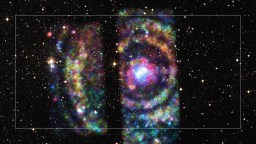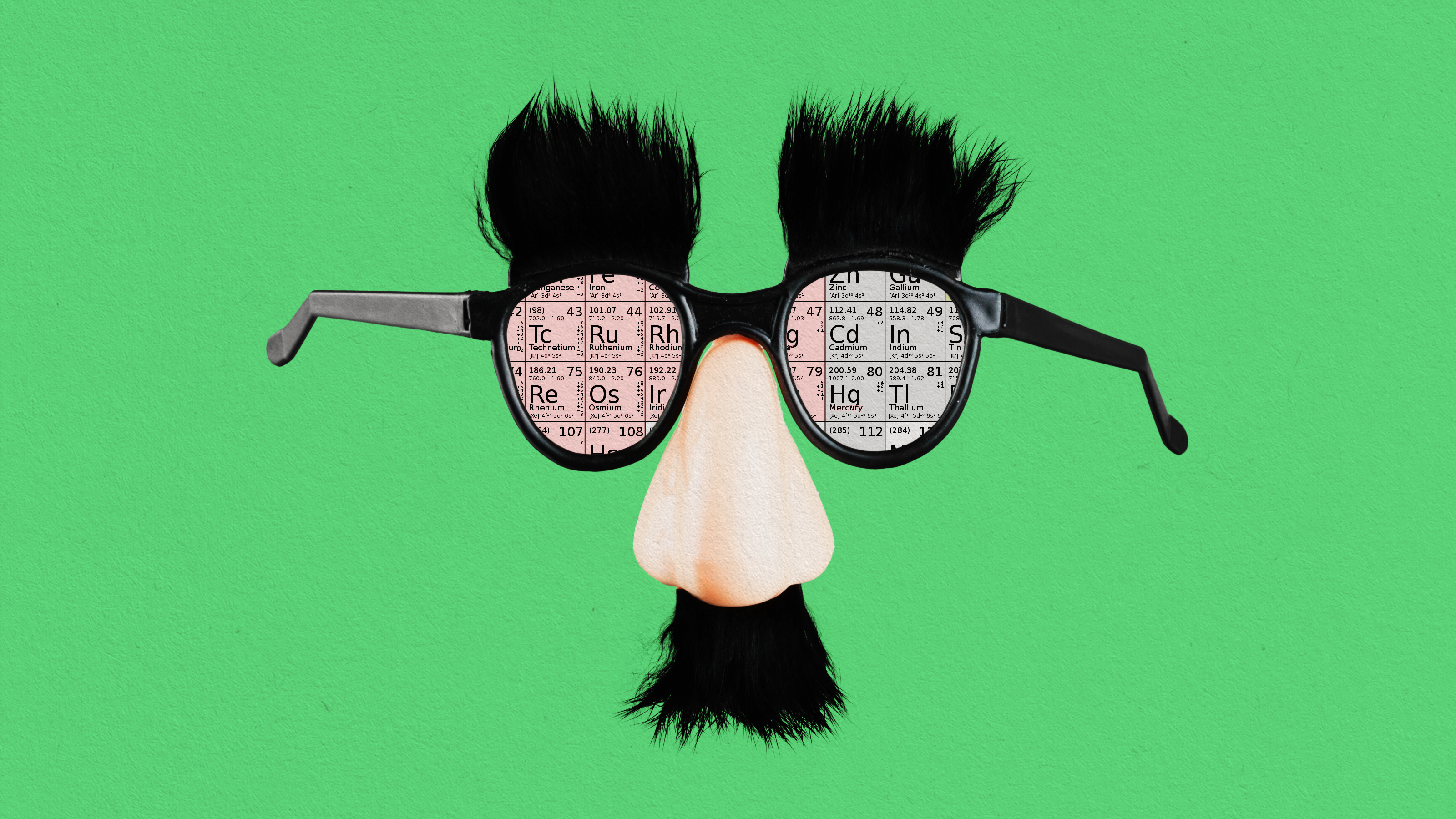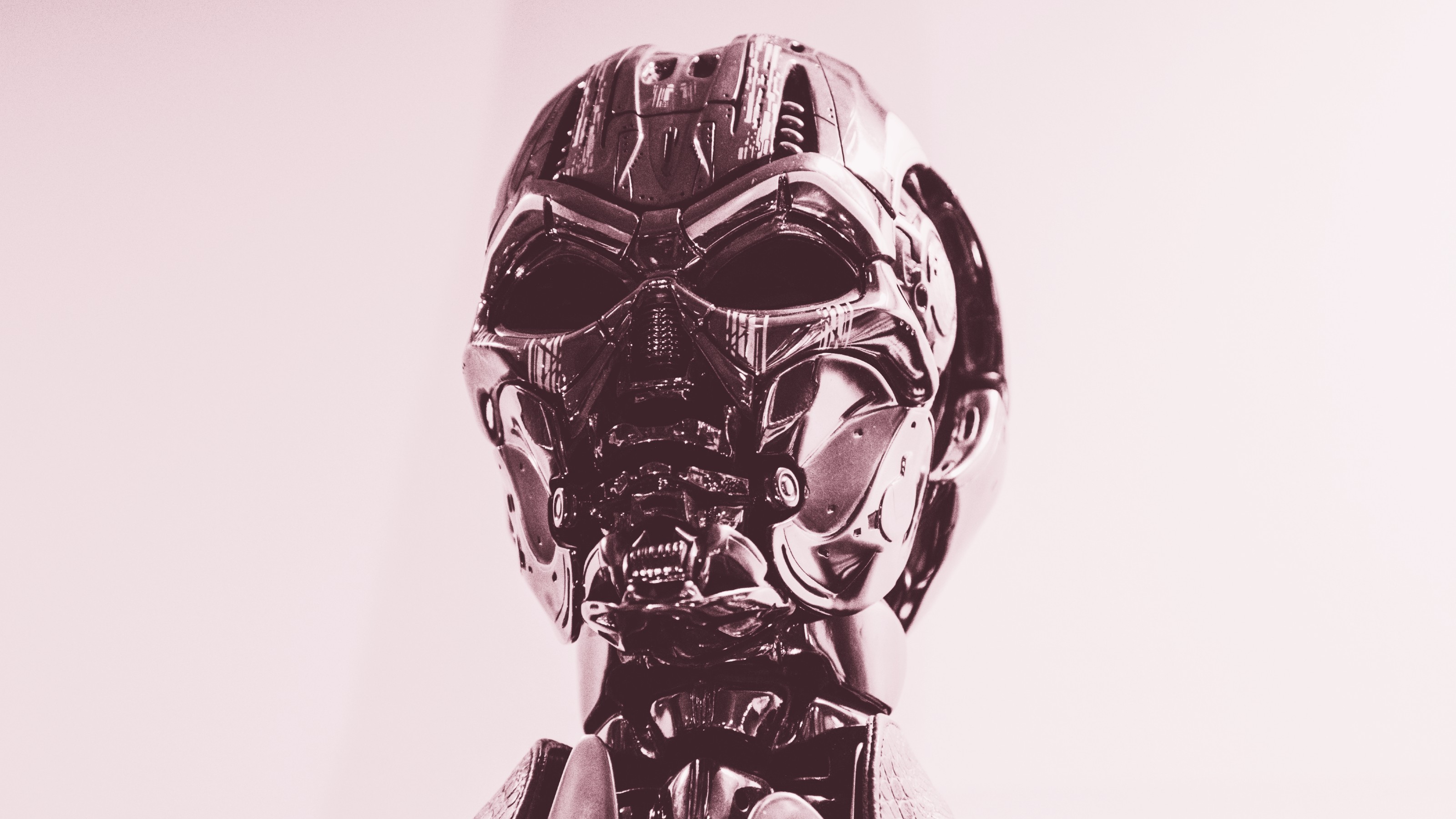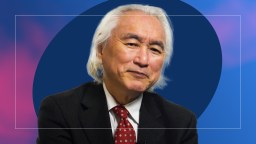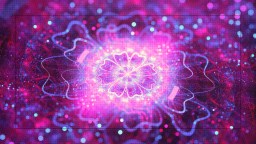MICHELLE THALLER: Elissa, you have asked one of the best questions in all of astronomy: The Big Bang was the start of our universe so where was the locale? Where did the Big Bang actually happen? And what I really love about this question is it gives me a chance to talk about some of the misperceptions we have about the Big Bang. And when I hear the term 'Big Bang' that implies an explosion. And we all know how explosions work from our experience: things actually fly out from a common center. And one of the things is scientists really don't like describing the Big Bang as an explosion at all, that sort of sets you up in the wrong direction right away because you can imagine that there are galaxies all flying apart away from each other, away from a common center, and flying out into empty space. And the universe we observe is absolutely nothing like that. For example, the whole volume of the universe that we can see with the Hubble Space Telescope — we can see to a distance of nearly 13 billion light years — all of that volume is filled with galaxies. There is no empty center to the universe. And the other thing that we don't observe and we're pretty sure that nobody else ever could either is being on the edge of that, being on a galaxy right on the edge of expansion and seeing all of the galaxies in one direction because you're looking inside and nothing but empty space on the outside. Space never looks like that. All around us we see galaxies; the universe is filled with them.
So what's really going on here? And this really gets at the crux of what the Big Bang was. The Big Bang wasn't an explosion of matter, it was an expansion of space itself. So that simply means that any amount of space in the universe is expanding and everything is getting farther away from everything else. I know that's very hard to visualize. Some people talk about blowing up a balloon and this always, to me, can put you in the wrong direction because they say 'Ah-ha! A balloon has an empty center, everything expands away from it.' What they haven't told you is you need to pay attention just to the surface of the balloon. Pretend that there's no such thing as inside or outside of the balloon, just the two-dimensional surface of the rubber. As you blow into it, that expands in every direction. If you were to draw little points on the surface of the balloon, every little point would start getting farther away from every other little point. But if you were a two-dimensional creature that could only travel on the surface of the balloon, you could only shine a light, you couldn't possibly even know about what's up or what's down, if you were completely two-dimensional, you would see every point expanding away from every other point but there would be no empty center.
So the question is, in our three-dimensional universe do we need another dimension to expand into if this is the case? And the answer, honestly, is no; space itself can simply get larger. We don't know the extent of the entire universe. If you want to think of the universe, instead of the surface of a balloon, as a big rubber sheet, you can just keep stretching that rubber sheet, stretching it apart, everything is getting farther and farther away from each other but there's no empty center — there's still rubber everywhere you go and that rubber is just getting bigger. Now, we are pretty sure there's no edge to the universe. Is the universe infinite? We honestly don't know. Maybe the universe does have some larger shape that we're not aware of. But the thing to really remember is that there is no empty center. The Big Bang happened at every point in space, all of space began to expand at once. And so that means that we look out into the distant universe and we see pretty much all of the galaxies moving away from us and if you point at any galaxy you want in the sky and put yourself there, you would see everything expanding away from you because space itself is expanding; there is no empty center to the universe.


